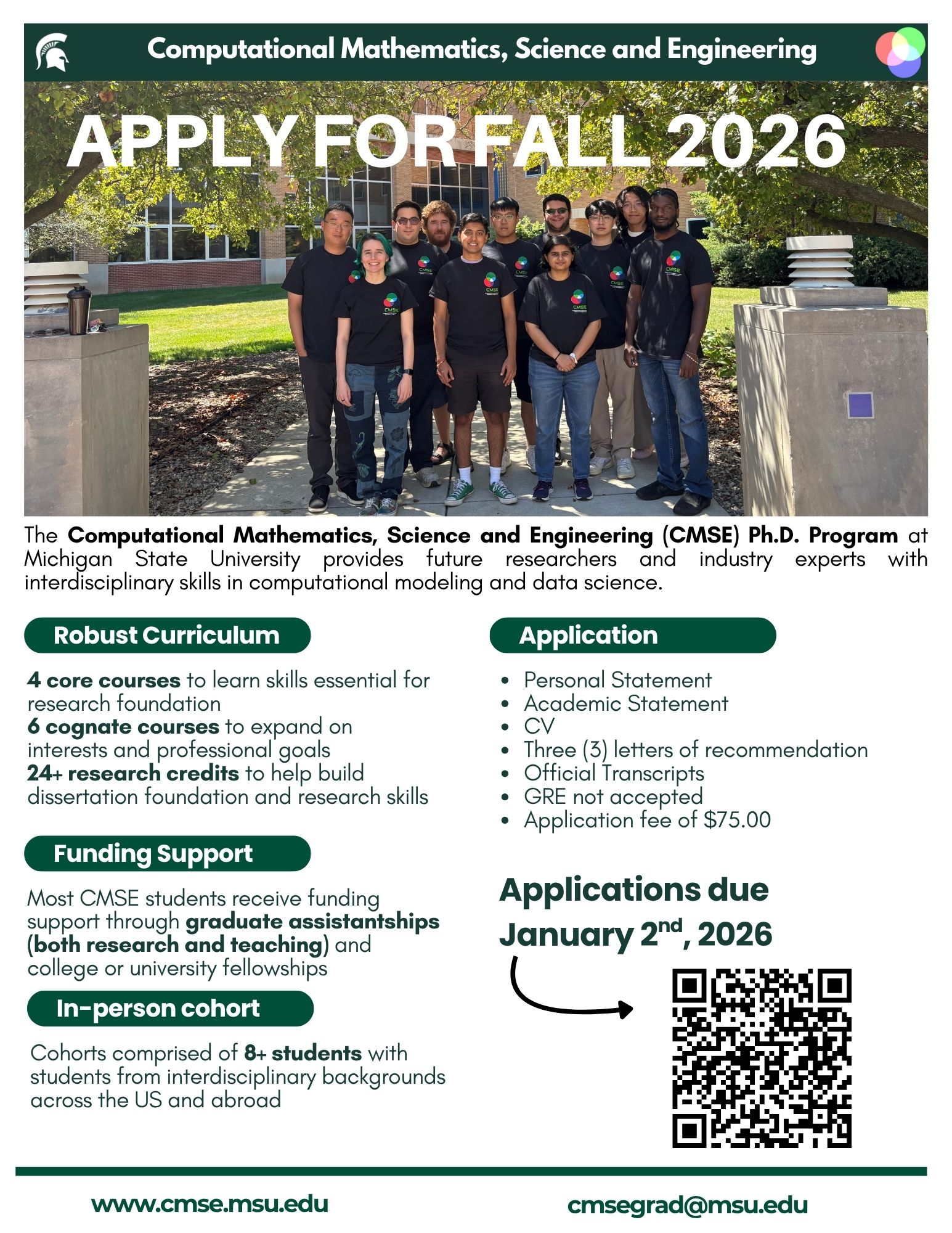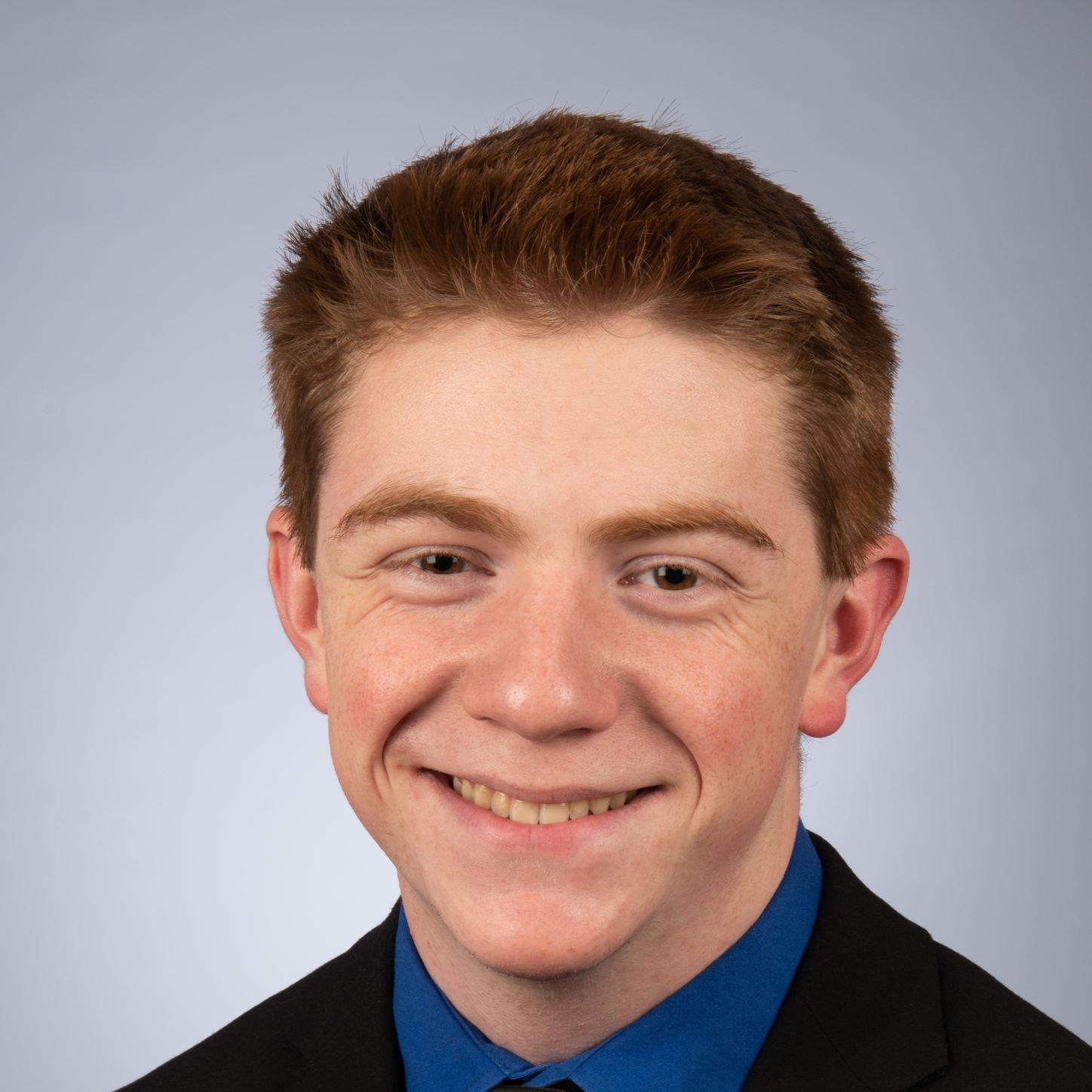Theory Seminar by Nobuo Hinohara
Theory Seminar
Tuesday, September 12, 2023 @ 11 AM
In-person 1200 LAB
Online Zoom ID 976 2602 8072 (48824)
Nobuo Hinohara
University of Tsukuba
“Nuclear pairing and related phenomena in nuclear dynamics”
The pairing correlation is a universal phenomenon in many-body fermion systems. In nuclear physics, the detailed pairing properties are unexplored because of the lack of relevant observables. I will discuss the possibility of unraveling the nuclear pairing using observable from pairing dynamics. I will first introduce the pairing rotation [1] that restores the broken gauge symmetry, and its related quantities from the binding energies that can be the measure of the nuclear pair condensate. Then I will mention other interesting quantities that are strongly influenced by the nuclear pairing [2,3].
Due to the spin and isospin degrees of freedom, we have a variety of pairs in nuclear systems. I will briefly mention the spin-triplet parity-odd pairing (p-wave pairing) and its coexistence with the conventional spin-singlet parity-even pairing in finite nuclei due to the spin-orbit functional [4]. The spin-triplet neutron-proton pairing is another exotic pairing that has a large impact on the half-life of beta decay and double-beta decay. I will show recent applications of this pairing to the M1 transition of odd-odd nuclei, beta decay, and double-beta decay within and beyond the quasiparticle random-phase approximation of the nuclear density functional theory [5,6].
[1] N. Hinohara and W. Nazarewicz, Phys. Rev. Lett. 116, 152502 (2016).
[2] T. Nakatsukasa and N. Hinohara, Phys. Rev. C 108, 014318 (2023).
[3] K. Washiyama, N. Hinohara, and T. Nakatsukasa, Phys. Rev. C 103, 014306 (2021).
[4] N. Hinohara, T. Oishi, and K. Yoshida, arXiv:2308.02617.
[5] Q. Liu, J. Engel, N. Hinohara, and M. Kortelainen, arXiv:2308.11802.
[6] N. Hinohara and J. Engel, Phys. Rev. C 105, 044314 (2022).



